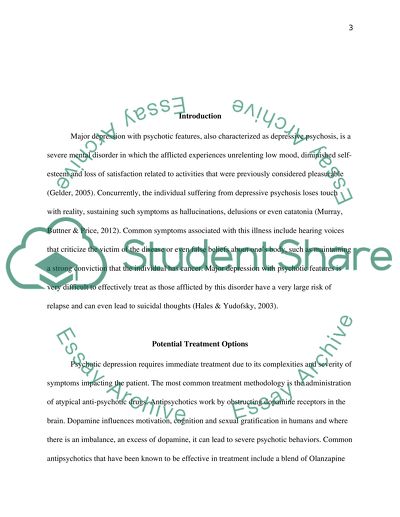Cite this document
(“Major Depression with Psychotic features Research Paper”, n.d.)
Major Depression with Psychotic features Research Paper. Retrieved from https://studentshare.org/psychology/1648496-major-depression-with-psychotic-features
Major Depression with Psychotic features Research Paper. Retrieved from https://studentshare.org/psychology/1648496-major-depression-with-psychotic-features
(Major Depression With Psychotic Features Research Paper)
Major Depression With Psychotic Features Research Paper. https://studentshare.org/psychology/1648496-major-depression-with-psychotic-features.
Major Depression With Psychotic Features Research Paper. https://studentshare.org/psychology/1648496-major-depression-with-psychotic-features.
“Major Depression With Psychotic Features Research Paper”, n.d. https://studentshare.org/psychology/1648496-major-depression-with-psychotic-features.


